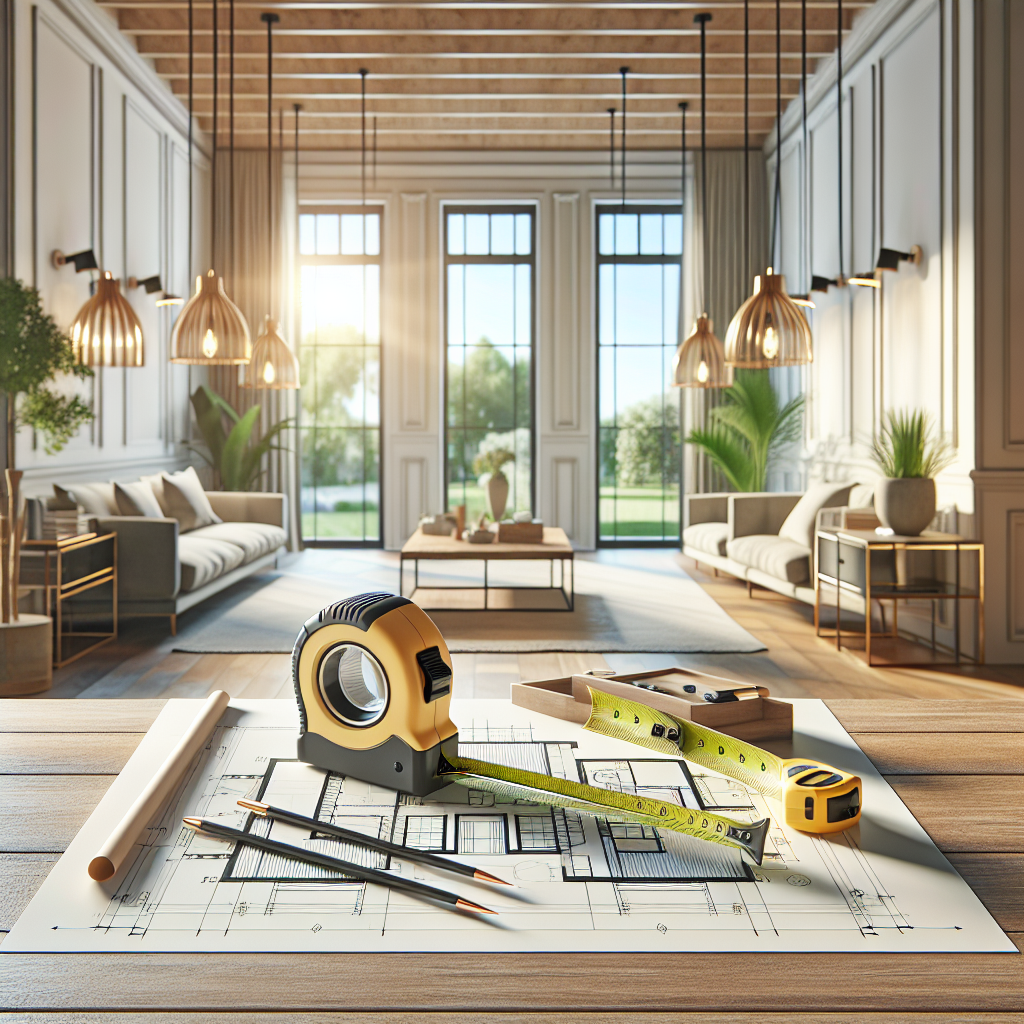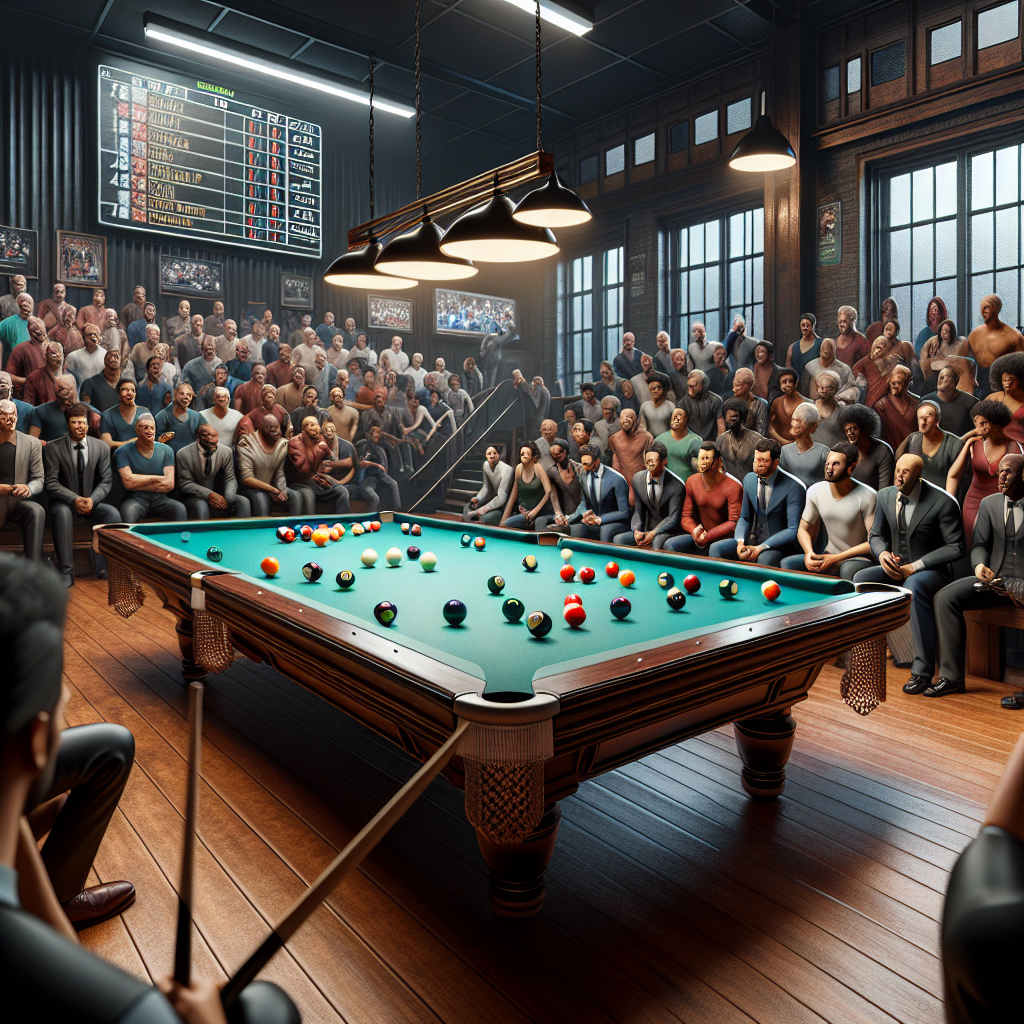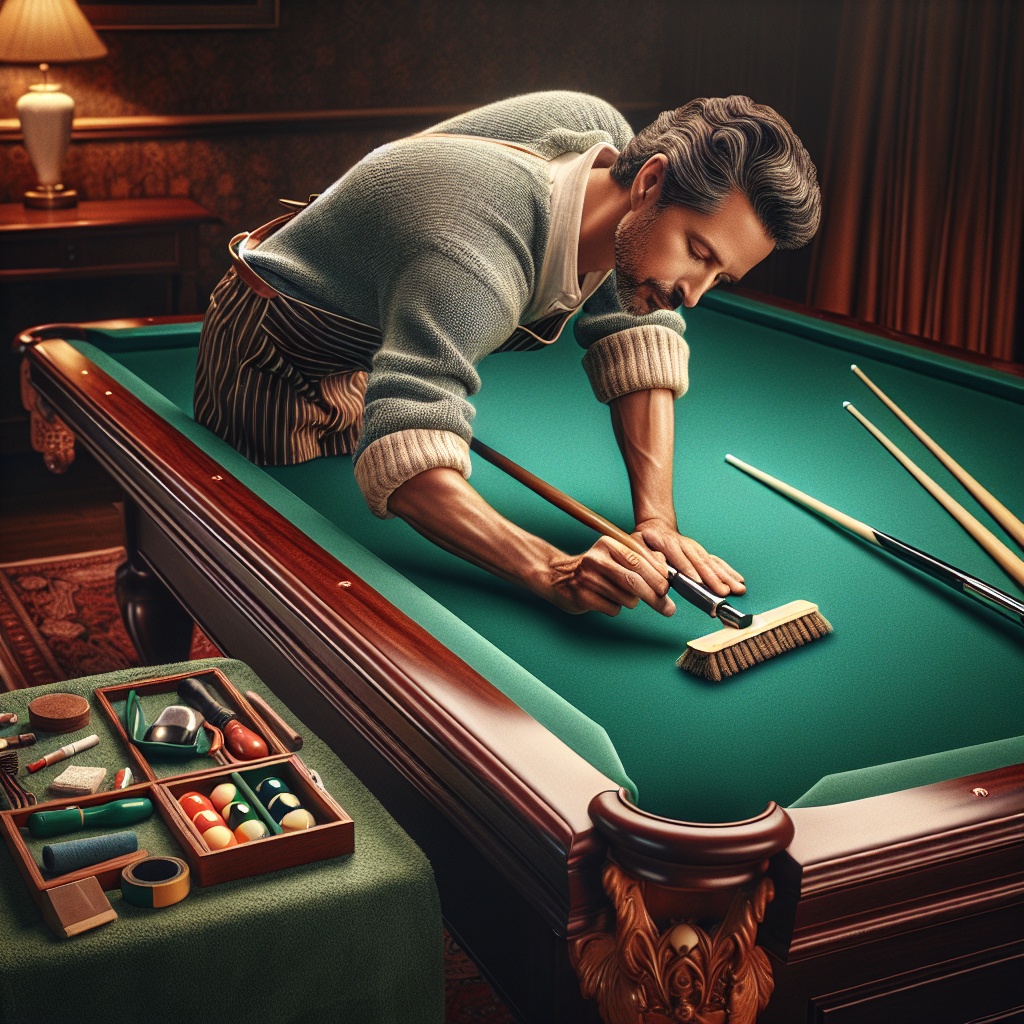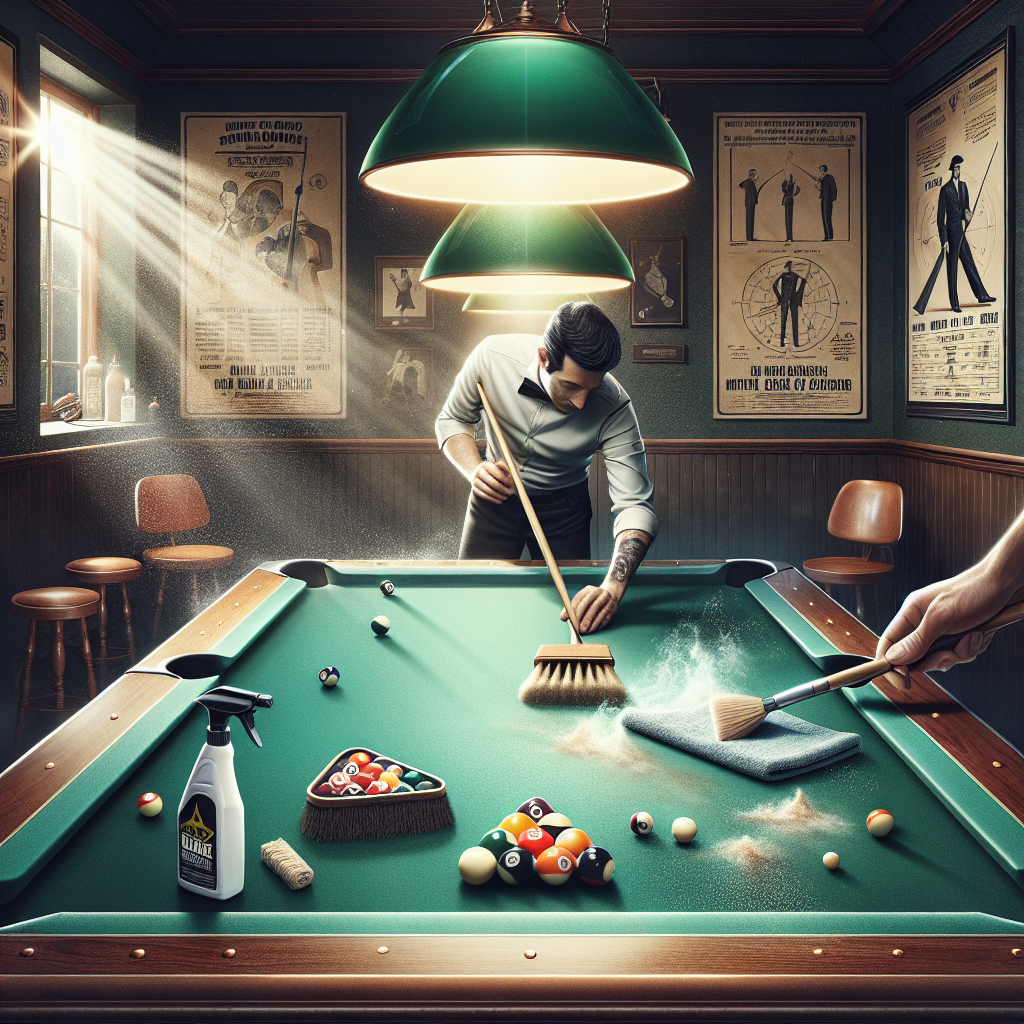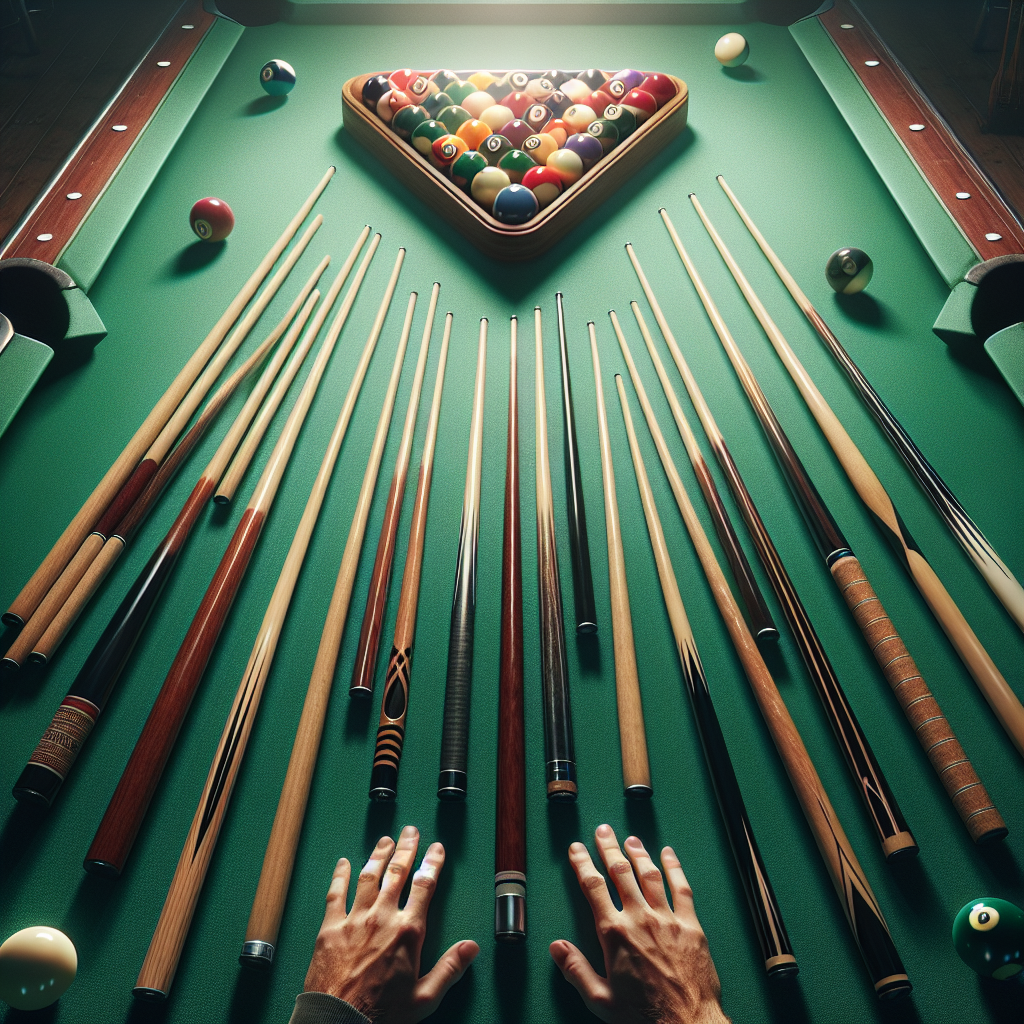The history of pool tables is a captivating journey through time, unraveling the evolution of this iconic game room centerpiece. From their origins in the 15th century, pool tables have undergone significant transformations, reflecting changes in design, materials, and cultural significance. Billiards history is rich with the tales of famous pool table designs that have enchanted enthusiasts and professionals alike. In this exploration, we will delve into the types of pool tables, the intricacies of pool table manufacturing, and the enduring appeal that continues to captivate both players and collectors. Prepare to immerse yourself in the fascinating evolution of this beloved game, and discover the timeless allure that pool tables hold for enthusiasts worldwide.
Origins of Billiards
Early Beginnings
The origins of billiards trace back to the late 15th century, with roots in Northern Europe. Initially, the game was played outdoors, akin to croquet, on grass lawns. As the game transitioned indoors, it evolved in complexity and style. Early billiards tables were rudimentary, featuring wooden surfaces and simple borders. These early tables lacked the standardized dimensions we recognize today. Instead, they varied significantly based on local customs and material availability. As billiards gained popularity, the tables began to incorporate slate for a smoother playing surface, marking a significant point in the history of pool tables. Over time, advancements in design allowed for improved gameplay, setting the stage for further innovations. The shift from outdoor lawns to indoor tables not only changed the game’s dynamics but also positioned billiards as a refined social pastime. This early development laid the groundwork for the pool table evolution we appreciate today.

Evolution of Billiards History
As billiards gained popularity across Europe, the game underwent a series of transformations, shaping the modern pool table. During the 17th and 18th centuries, billiards became increasingly sophisticated, with enhancements in table design and gameplay. This period saw the advent of cushions made from cloth and later rubber, a key innovation in the pool table evolution. The refinement of materials, including the introduction of slate beds and leather pockets, contributed to the game's growing appeal. As billiards spread to America, the game adapted to regional preferences, leading to diverse types of pool tables. This growth mirrored the cultural exchanges between continents, enriching billiards history. By the 19th century, the game had become a staple in social clubs and private homes alike. The continued evolution of billiard tables reflects not just technological advancements but also the enduring allure of the game—a testament to its timeless appeal and widespread popularity.
Pool Table Evolution
Types of Pool Tables
The types of pool tables available today reflect centuries of design evolution and cultural influence. Standard pool tables are generally categorized by their size and intended use. Home pool tables, often smaller and more compact, are designed to fit residential spaces. In contrast, professional pool tables are larger, adhering to regulation dimensions for official play. Coin-operated tables are popular in commercial settings, offering durability and convenience. Additionally, there are specialty tables like snooker and carom, each tailored to specific games within the billiards family. Material choices, from slate beds to felt covers, further distinguish these tables, impacting both playability and aesthetic appeal. The variety in pool table designs caters to diverse preferences, ensuring enthusiasts can find a table suited to their playing style and environment. This diversity highlights the enduring popularity and adaptability of pool tables, making them a beloved fixture in game rooms worldwide.
Famous Pool Table Designs
Throughout history, several pool table designs have gained fame, becoming icons of style and craftsmanship. The Brunswick-Balke-Collender Company, founded in the 19th century, is renowned for producing some of the most celebrated pool tables in the world. Their designs, such as the Monarch and the Newport, feature exquisite woodworking and intricate inlays that have made them highly sought after by collectors. Another notable design is the Art Deco-inspired Golden West Billiards tables, known for their sleek lines and modern aesthetic. These tables exemplify how pool table manufacturing has evolved to blend functionality with artistry. Additionally, the Victorian-era billiard tables, with their opulent carvings and embellishments, highlight the luxurious side of billiards history. These famous pool table designs not only serve as playing surfaces but also as pieces of art, reflecting the cultural and historical contexts of their time, and continue to inspire new generations of table makers.
Modern Pool Table Manufacturing
Innovations in Design
Modern pool table manufacturing has embraced innovations that enhance both performance and aesthetics. One of the most significant advancements is the use of precision-engineered materials such as composite woods and synthetic felts, which offer durability and consistent playability. The integration of adjustable leveling systems allows for perfect alignment, ensuring a fair and enjoyable game. Advances in technology have also led to the creation of customizable tables, where players can select finishes, colors, and even digital scoreboards to suit their preferences. Additionally, eco-friendly designs using sustainable materials are becoming popular, reflecting a growing trend towards environmental consciousness. These innovations not only improve the gameplay experience but also allow pool tables to blend seamlessly into modern interiors. The commitment to innovation in pool table manufacturing ensures that while the game’s essence remains unchanged, the equipment continues to meet the evolving needs and tastes of today's players, securing its place in contemporary game rooms.
Quality and Craftsmanship
Quality and craftsmanship remain at the heart of modern pool table manufacturing, ensuring each table is both functional and a work of art. Master artisans continue to use time-honored techniques, such as hand-cut inlays and precision joinery, to create tables that stand the test of time. High-quality materials, including premium woods like mahogany and walnut, are selected for their durability and aesthetic appeal. The meticulous crafting process involves balancing weight and structure to create a stable and level playing surface. This attention to detail extends to the felt, where high-grade materials ensure a smooth and consistent ball roll. Custom options often allow buyers to personalize their tables, reflecting individual tastes while maintaining high standards of quality. The fusion of traditional craftsmanship with modern techniques results in pool tables that not only perform exceptionally well but also serve as elegant centerpieces in game rooms, embodying the enduring legacy of billiards excellence.



